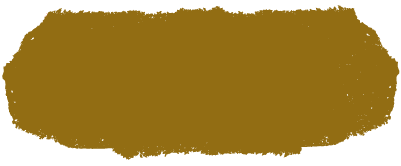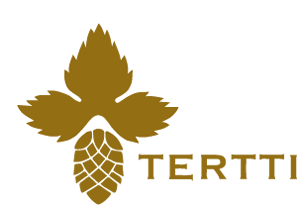
History
If only the walls could talk. We could hear about life at the 17th century rusthåll estate and stables. What sort of tactics were the HQ officers planning at the manor during the Winter War and the Continuation War? What did the dinner guests talk about during their banquet with President Urho Kekkonen? What was the daily life like at the manor? All visitors can now make their own contribution to the history of the building.
1540
Some background information about Tertti: It was previously called the rusthåll of Hintsala, and during the Russian occupation of Finland in 1714–1721, also known as the Greater Wrath, the manor provided a horse and a rider for the king’s army. The rusthåll was named after its owner, Hannu Hintsa.
1560–1850
The rusthåll period. The manor’s owners included members of the higher estates, such as Henrik von Brandenburg.
1894
The manor went to family Pylkkänen. Aatami Pylkkänen bought Tertti Manor on 22 August 1894. The amount of land included in the purchase was approximately 900 hectares. Aatami’s son Iivari began upgrading the farm. The buildings were renovated and more land was cleared for cultivation. The garden was designed and constructed by gardener Dahlstrom from Saint Petersburg. Tertti’s rose was planted.
1896
A dairy school was founded at Tertti’s dairy, and 10 girls enrolled as students. One of them was Edla Ahvenainen, whom Iivari soon fell in love with. On 6 September 1897, a wedding with 200 guests was held for the couple, and a large drum and a violin kept playing for several days straight. Guests arrived from far and wide, and amongst them was composer Oskar Merikanto who had served in the army with Iivari. The couple had seven children, five boys and two girls.
1918
The military traditions of the manor continued, as two of the family’s eldest sons went to fight in the Finnish Civil War. After the war, in independent Finland, Iivari continued managing Tertti and organised great feasts every year on 22 August and 26 of December. These celebrations included at least two sayings:
an official welcome (‘Let us be merry’) and a festive poem (‘But this man will stand up and say that never shall we drink only water in this house’).
1939
The start of the Winter War changed the daily life at the manor, as five of the family’s sons were sent to the front. After the bombing of Mikkeli on 5 January 1940, Artillery Commander Svanström and his staff moved to Tertti. During the Continuation War, Intendant-General Gustafson of the General Headquarters and his staff were placed at the manor.
1941
The war demanded a heavy sacrifice: two of the family’s sons died within one month.
1955
Life after the war. Tertti was still a traditional farm, with Olavi Pylkkänen and his wife Liisa in charge of the manor. The farm had highly productive dairy cattle and a sheep shed for breeding purposes.
1978
The manor was passed on to Matti and Pepita Pylkkänen. They chose tourism and specialty crops as the manor’s new focal points. The manor buildings have been restored to resemble their traditional appearances, and the style of the garden and the surrounding area reflect the end of the 19th century.
2014
Family Pylkkänen celebrated an anniversary as Tertti turned 120! The manor got its own stamp, and the dream of publishing its own recipe book finally came true. The book is now available for purchase online and in the manor house shop.
2017
The manor’s dairy café and shop celebrated their 10th anniversary!
2018
Congratulation to the 40-year-old manor house restaurant!
It is currently the 39th best restaurant in Finland.
2019
Happy 125th birthday Tertti’s rose!
Saimaa gastronomy food weekend events chosen as the best food tourism product in Finland!


